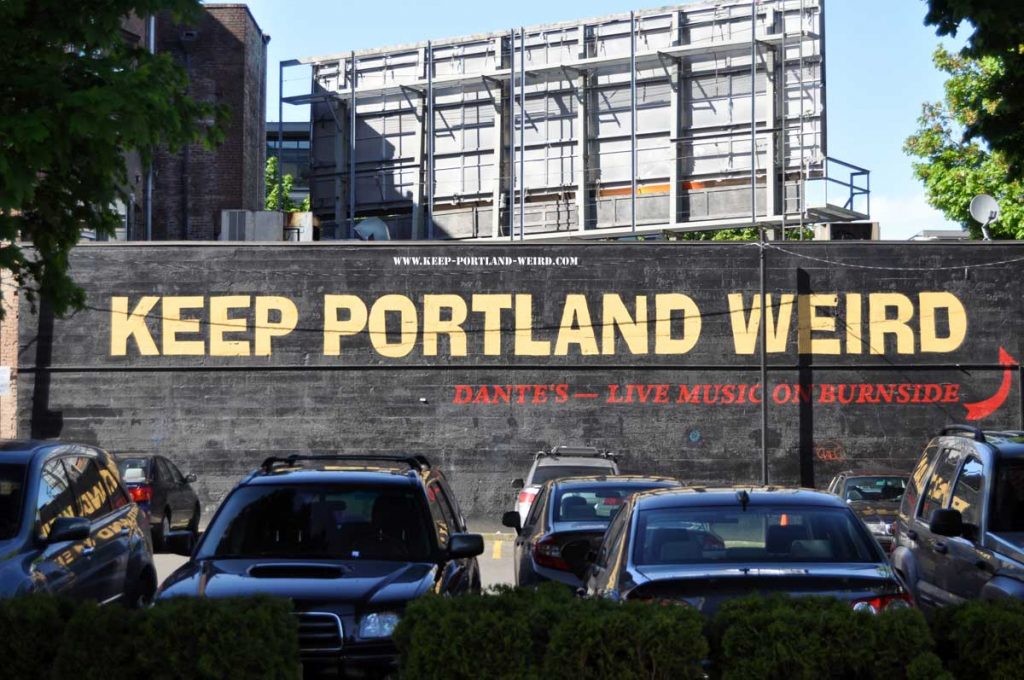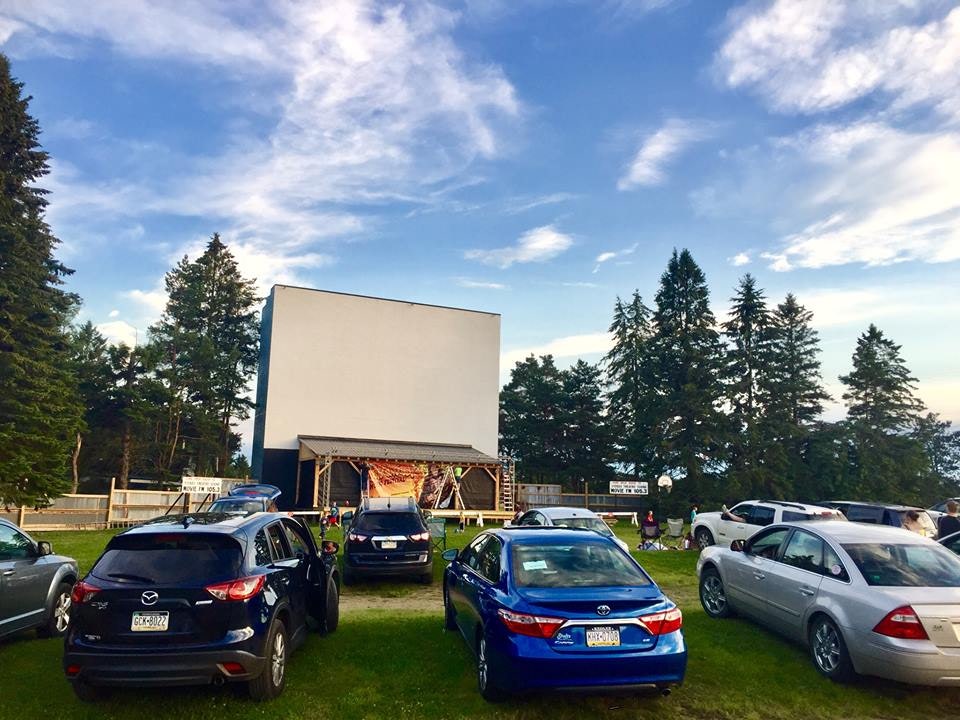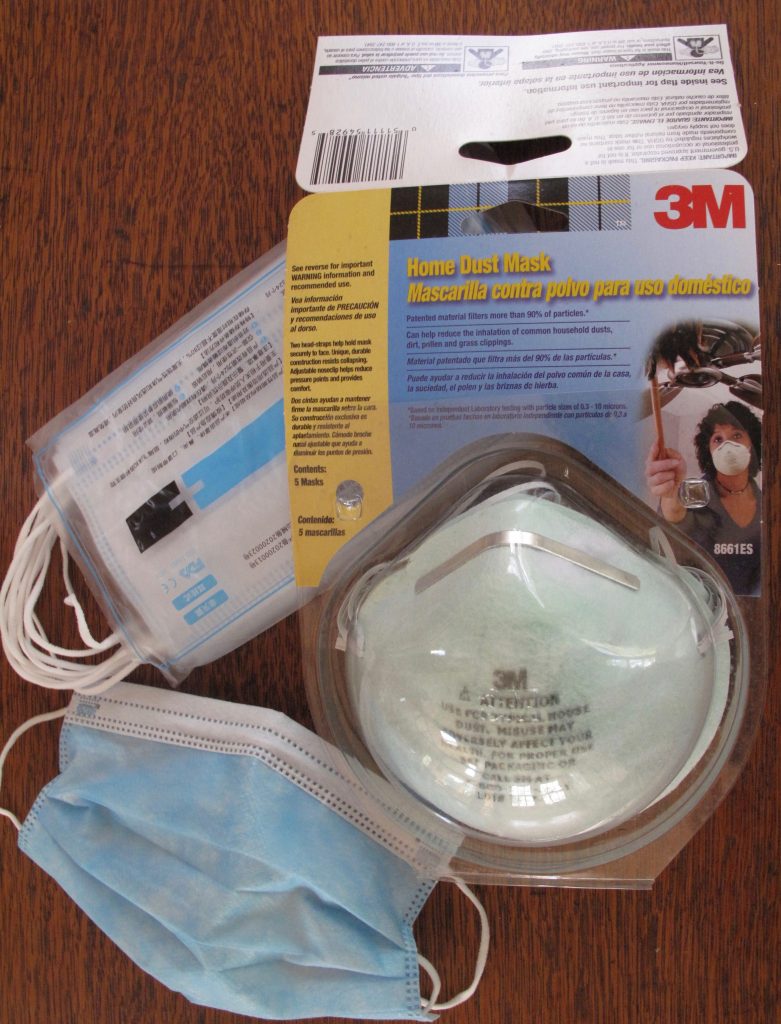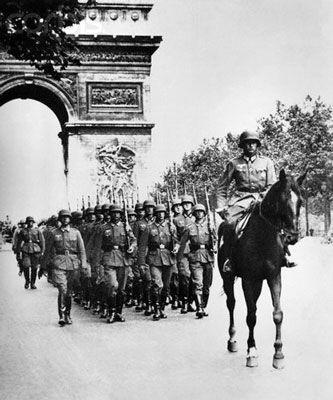
Monday, May 4
Cooking does get to be a bit of a drag under the lockdown. All the same, it’s the one of the few activity options remaining beyond reading, watching videos and Twitter, or staring out the window.
Under ordinary circumstances, I would find an interesting recipe, then run out somewhere to locate a couple of unowned, exotic ingredients—lemon grass, say, or soba noodles. Under the lockdown, I tend to make the same stuff over and over: beans and rice, meatballs, balsamic chicken, lentil soup or lentil salad, Progresso soup, and baked potatoes. And since cooking now heads up the to-do list, I tend to brood about just what to make for dinner, even planning several days ahead.
Given our large inventory of green beans, I’ve realized that I can make a Chinese-restaurant favorite, dry-fried stringbeans. Someday soon.
Two anniversaries are taking place, both suitable for contemplation while in enforced idleness: the 100th anniversary of the Constitutional amendment giving the vote to women and the 50th anniversary of the Vietnam-era shootings of protesters at Kent State University in Ohio.
Both events took place amidst periods of serious social disruption. Ratification of the suffrage amendment followed the end of WWI and the 1918 influenza epidemic that killed 50 to 100 million globally and 675,000 Americans. The Kent State events marked a new stage in that period’s protests, one in which many young people became convinced that they were permanently cut off from the rest of U.S. society. “We’re finally on our own,” said the fatalistic but stirring Crosby, Stills, Nash & Young pop anthem, “Ohio.”
But the 1918 epidemic allowed women, who filled many health-care positions, another opportunity to demonstrate their importance to society—and facilitated an argument that such a vital group could not continue to be disenfranchised. Kent State forcefully posed the question “just what the hell are we doing here, waging war on our own population?” In each case, it took several more years to arrive at a resolution.
“The old world is dying and the new world struggles to be born,” in the words of Marxist writer Antonio Gramsci. No doubt the current crisis will prompt more struggles over the direction of the world to come. It probably has already resolved some: If the now-forgotten Democratic presidential debates had taken place during the pandemic, surely no candidate would have taken the Pete Buttigieg position, “if you’re happy with your current healthcare, you’ll be able to keep it.” Who’s happy now? The tens of thousands who have abruptly lost their employer-provided health insurance?
A bright and sunny day has given way to clouds. Last night around 1 a.m., there was a terrific thunderstorm, with mammoth flashes of lightening followed several seconds later by lengthy thunder. Maybe it was the new world struggling to be born.
Tonight: leftover balsamic chicken and couscous, along with a green salad.
Entertainment: More of the second season of Occupied.









